Grow your business with the Discover newsletter
Logistics advice & insights straight to your inbox
Subscribe now
The DHL GCI measures global connectedness – but what is that? In simple terms, it’s how connected a particular country is with the rest of the world.
A country’s overall connectedness is determined by measuring four country-to-country movements or flows. Firstly, the flow of trade – how much a country exports and imports goods and services. Secondly, the flow of capital, meaning the investment that goes in and out of the country, to and from others. Thirdly, the flow of information between the country and others, such as international internet traffic and phone calls. And finally, the flow of people, such as the amount of international travel and migration the country is involved in.
The latest edition of the DHL GCI draws on 4 million data points across 13 measures of these four country-to-country flows. Furthermore, the GCI puts these metrics in context, too. It does this by taking into account both depth (how much of a country’s activity is international versus domestic) and breadth (how much the flow is spread out across countries).
This combination of metrics and context gives you unrivalled insights to empower your trading decisions. Below are some key points from the GCI report:
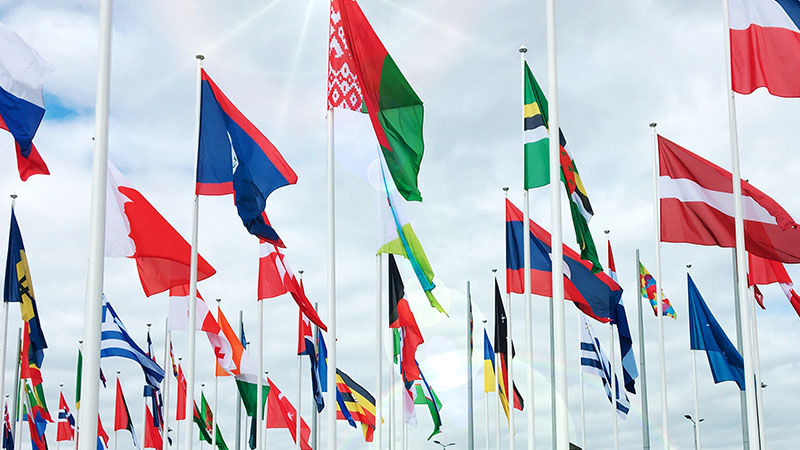
As mentioned, the GCI measures the flow, from country to country, of trade, capital, information and people. So what are the key overall observations, since our last GCI update in 2021? Here is a brief snapshot of each category.
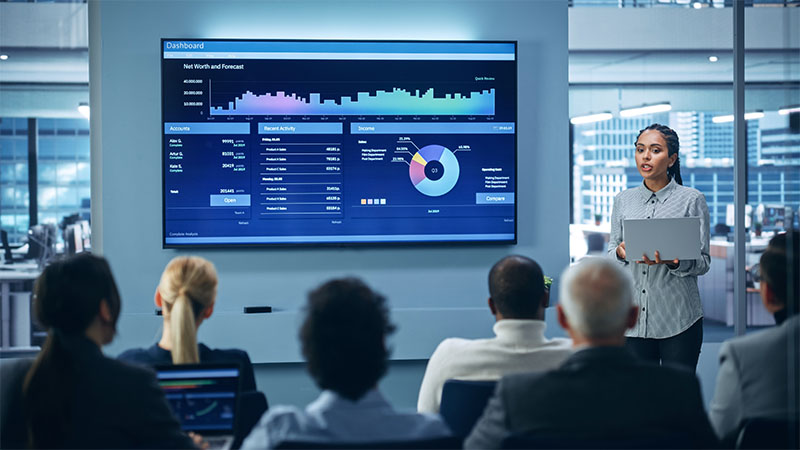
The volume of world trade in goods plummeted at the beginning of the pandemic but recovered swiftly in 2020 and 2021, and continued growing in 2022. By mid-2022, it had reached 10% above pre-pandemic levels. The trade in services also surpassed pre-pandemic levels in 2022. However, trade is expected to grow at a slower pace in 2023 due to weaker macroeconomic conditions.
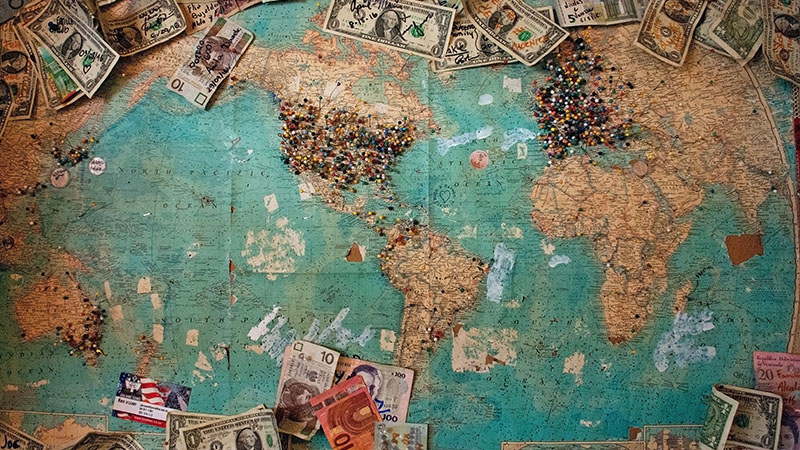
Flows of Foreign Direct Investment (FDI) – meaning when an investor, company or government takes a substantial ownership stake in a foreign company or project in another country – recovered to pre-pandemic levels in 2021.
However, by Q2 of 2022, the flow was starting to be weakened both by the Ukraine war and the slowing global economy. Overall, most new global policy still supports FDI, although some countries now seem keen to regulate or restrict it.
Global portfolio equity flows remained quite stable despite large swings toward emerging markets.
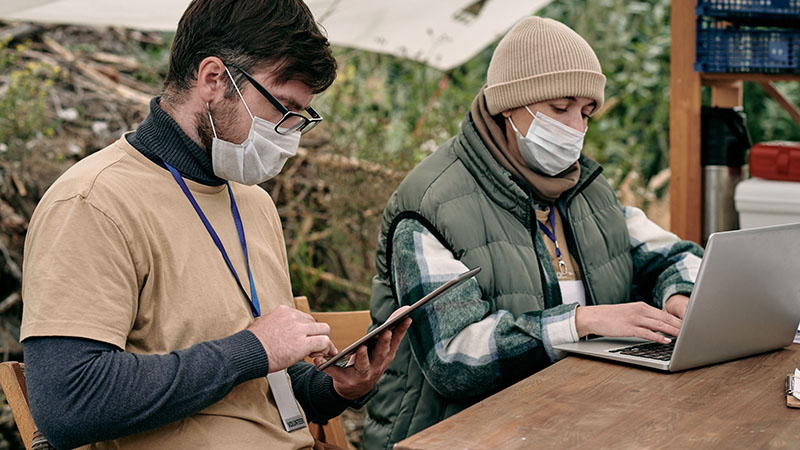
The growth in international data flows, such as international internet traffic, spiked in 2020 but returned to its pre-pandemic trend in 2021 and 2022.
The globalization of information flows is continuing but appears to be slowing, and may be hindered from growing further by countries introducing more restrictive policies.
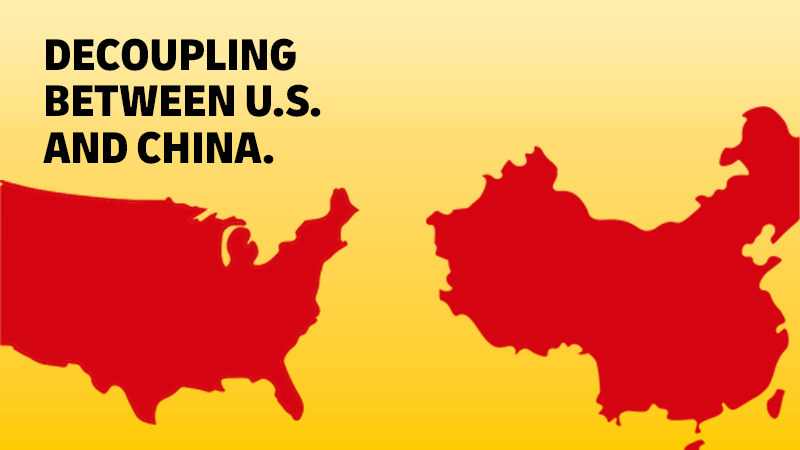
Compared to pre-pandemic levels, international travel fell by 70% in 2020 and 2021, and was still down by 37% in 2022. However, in 2023, it’s predicted to climb again to only 5 – 20% below 2019 levels.
Sadly, at the same time, there has been a big increase in refugees due to the war in Ukraine.
One specific observation worth mentioning is the growing ‘decoupling’ between the U.S. and China, the two largest economies, across most international flows. In 2022, with tensions rising between the two countries, concerns intensified that this would lead to a fracturing of the global economy into rival blocs. However, there is very little evidence of this yet.

Many observers have predicted a shift to regionalization, because of geopolitical tensions and a lack of confidence in supply chains. Yet there is still no strong evidence for this emerging as a trend.
In fact, on average, trade has taken place over longer distances in recent years. And the only one of the GCI’s four key flows to become more regionalized recently is that of people. This is because, in COVID times, a much higher proportion of foreign travel has been to destinations close by, rather than further away.
The most globally connected countries
This edition of the DHL GCI has tracked the globalization of 171 countries from 2001 to 2021.
The Netherlands was again ranked the world’s most connected country, after falling to second place behind Singapore in 2020. Singapore was ranked second this time around.
The most significant climbers in the rankings included Albania and several other countries from the Balkans. Mozambique and Sierra Leone also showed an important increase in connectedness, following the end of their civil wars.
You can see the full list of the most globally connected countries, according to the four GCI flows, here.
And the future of globalization?
In the world’s present state of volatility, an array of predictions on the future of globalization were put forward by commentators in 2022.
These ranged from Moisés Naím’s claim that globalization has turned out to be more resilient than ever expected, to Larry Fink’s pronouncement that the Ukraine war has ended globalization as we know it, to Christine Lagarde’s more circumspect view that there are distinct shifts emerging in global trade.
The implication from these divergent opinions is that nobody is 100% sure. But with the DHL GCI report, you will have the detailed data available to help you arrive at your own conclusions and make your own business decisions.
You can explore the full DHL Global Connectedness Index report here.